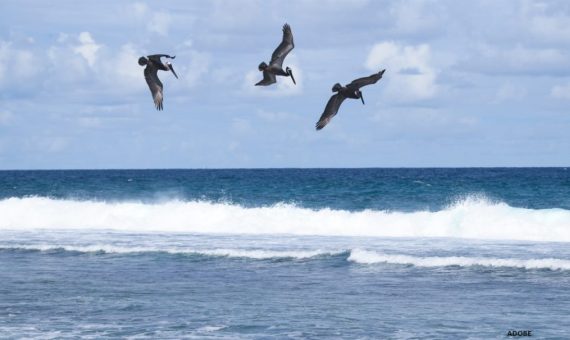Review of the Traditional Knowledge Seabirds in the Pacific Ocean
Traditional knowledge is a system of collective understandings transferred through communities across generations. It includes indigenous peoples' knowledge of the natural environment and the ecosystems they occupy, which is founded upon long-term and deeply meaningful connections between people and place. This means traditional knowledge often contains vital perspectives and information relevant tot he conservation of wildlife, especially in remote areas where academic research has been historically limited.







